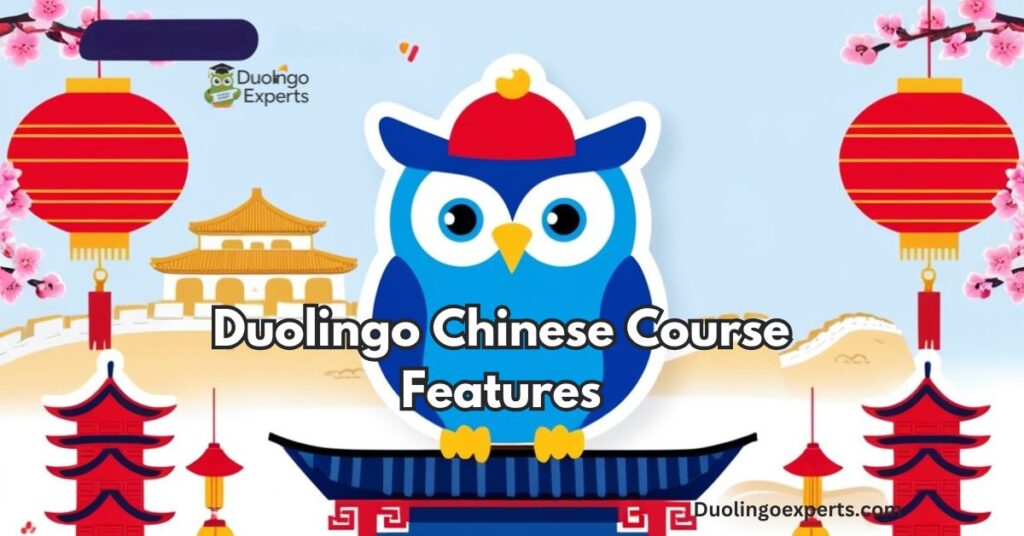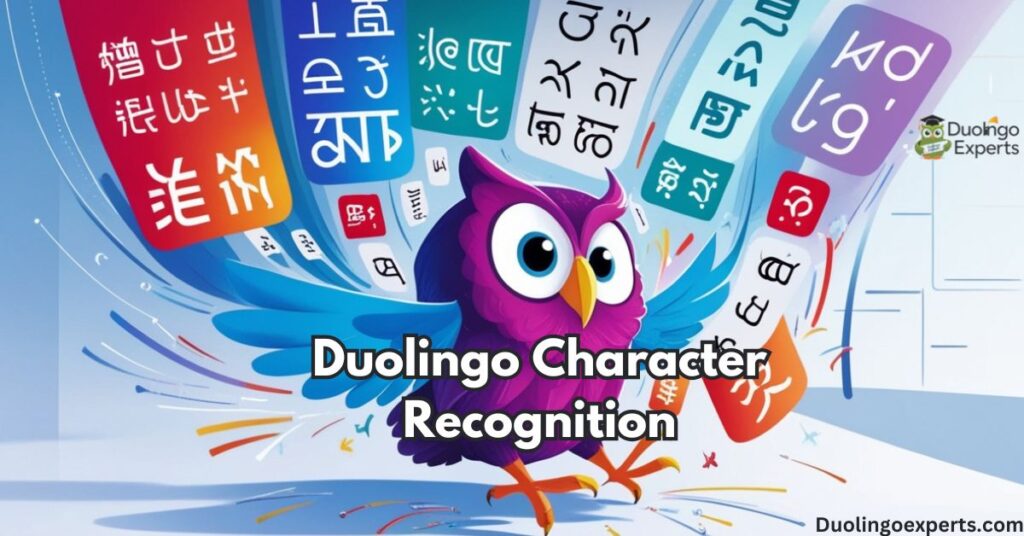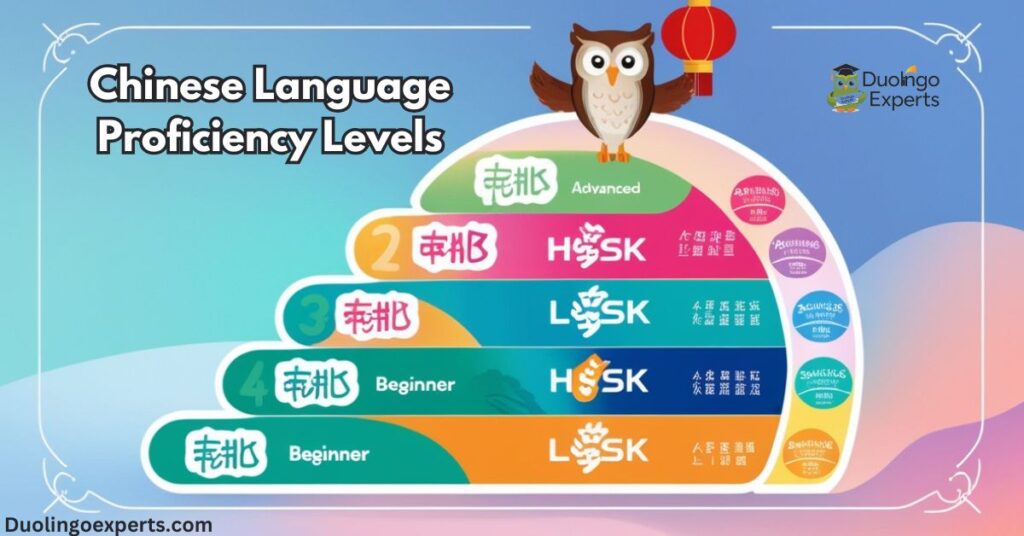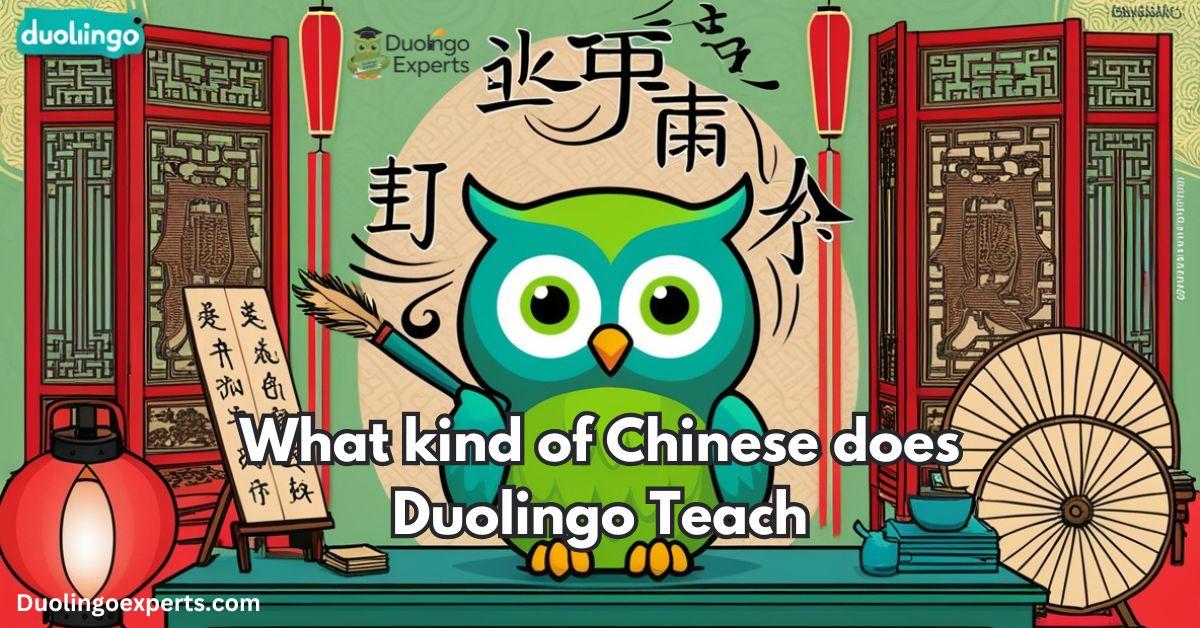Learning Chinese is becoming increasingly popular due to its global significance, especially Mandarin Chinese. Duolingo, a well-known language learning platform, offers an accessible entry point for beginners, and many people are turning to it to begin their Chinese learning journey. But the question remains what kind of Chinese does Duolingo teach? Is it Mandarin or Cantonese? Simplified or Traditional Chinese? How effective is Duolingo in helping you learn Chinese?
In this comprehensive blog post, we will explore the Duolingo Chinese course, the key features it offers, the differences between Simplified and Traditional Chinese, and how effective the platform is in teaching the Chinese language.
What Type of Chinese Does Duolingo Teach?
Duolingo primarily focuses on Mandarin Chinese, the most widely spoken variety of Chinese. Mandarin is the official language of China and Taiwan and is also spoken in many other countries with Chinese-speaking communities, such as Malaysia and Singapore. Mandarin is based on the Beijing dialect, which serves as the standard pronunciation for all speakers.
Simplified vs. Traditional Chinese Characters
One of the key features of Duolingo’s Chinese course is that it uses Simplified Chinese characters, which were officially adopted by the People’s Republic of China in the 1950s to improve literacy rates. These characters are generally simpler and have fewer strokes than their Traditional counterparts.
However, Duolingo does not teach Traditional Chinese characters, which are primarily used in Taiwan, Hong Kong, and Macau. Traditional characters are more complex and often retain more historical components. While Traditional Chinese characters still hold cultural significance, Simplified characters are more widely used globally.
Does Duolingo Offer Cantonese?
Currently, Duolingo does not offer a Cantonese course. While Cantonese Chinese is spoken in places like Hong Kong, Macau, and parts of Southern China, Duolingo has decided to focus on Mandarin due to its broader use and global importance.
Cantonese differs significantly from Mandarin in both pronunciation and some aspects of vocabulary, and Duolingo has opted to streamline its offerings for a more generalized Mandarin-focused approach.
Why Mandarin?
Mandarin is often considered the “global” Chinese language. It is the official language of China, spoken by over 1 billion people, and serves as a common language in Chinese-speaking communities worldwide. For this reason, Duolingo has chosen to prioritize Mandarin over other Chinese dialects, making it the best choice for beginners and global learners.
Duolingo Chinese Course Features

Duolingo’s Chinese course is designed to help learners gain proficiency in Mandarin Chinese through engaging, bite-sized lessons that cover vocabulary, grammar, sentence structure, and pronunciation. Below are the key features of the Duolingo Mandarin course:
Gamified Language Learning
One of Duolingo’s strengths is its gamified approach to language learning. Users progress through lessons and earn points, badges, and “lingots” (Duolingo’s in-app currency). This keeps learners motivated and engaged, even when the material gets more challenging.
Adaptive Learning System
Duolingo uses an adaptive learning system that tailors lessons based on your progress. If you are struggling with a particular word or sentence structure, the platform will reintroduce these items in later lessons to help reinforce your learning.
Duolingo Chinese Tree
The Duolingo Chinese Tree is a visual representation of the course structure. The tree is divided into different levels and topics, such as greetings, travel, and food. As you progress, the levels unlock new vocabulary and grammar rules, allowing you to build your knowledge step by step.
Duolingo Character Recognition

Duolingo teaches Chinese characters from the very beginning, making it a more immersive experience compared to many other apps. You will practice character recognition and writing skills alongside Pinyin (the Romanized form of Mandarin) in each lesson.
Pinyin System and Pronunciation Practice
The Pinyin system is an essential part of Duolingo’s Chinese course. It helps learners understand the pronunciation of Mandarin Chinese using the Roman alphabet. Duolingo provides listening and speaking exercises to help you practice tones and pronunciation, which is crucial in Mandarin.
Sentence Translation and Grammar Structures
Duolingo teaches Chinese grammar structures through sentence translation exercises. These exercises help learners understand word order, subject-verb-object placement, and how to structure basic sentences in Mandarin.
Learning Chinese Characters
Simplified Chinese Characters
Duolingo’s Simplified Chinese characters are introduced early on in the course, and the system uses repetition and spaced learning techniques to ensure that characters are retained. Simplified characters are generally easier to learn for beginners, which is why Duolingo adopts this system.
Radical Components in Chinese Characters
Chinese characters are often made up of radicals, which are smaller components that provide hints about the meaning and pronunciation of the characters. Duolingo introduces radical components throughout the course, which can help learners recognize patterns and more easily remember characters.
Table: Examples of Chinese Radicals
| Radical | Meaning | Example Character |
|---|---|---|
| 亻 | Person | 你 (nǐ – you) |
| 氵 | Water | 河 (hé – river) |
| 木 | Wood/Tree | 林 (lín – forest) |
Understanding radicals is a useful tool for building vocabulary, as many characters are derived from these components. For example, recognizing the 氵 radical can help you identify words related to water.
Language Learning Tools on Duolingo
While Duolingo is a fantastic starting point for learning Mandarin Chinese, there are other online language tools for Chinese learners that can help reinforce and complement your studies.
Memrise
Memrise offers more in-depth vocabulary building and focuses on helping learners retain words through spaced repetition. Memrise can be a great tool to supplement Duolingo’s course.
Pleco
For learners focused on Chinese character recognition, Pleco is a powerful dictionary app that allows you to look up characters and get detailed information about their meanings and pronunciations. It also includes flashcards for vocabulary building.
Mandarin Companion
Mandarin Companion offers graded readers that are tailored for beginner and intermediate learners. These books help learners read stories in Mandarin, with vocabulary and grammar that match their proficiency level.
Chinese Language Proficiency Levels

For those looking to measure their progress, the HSK (Hànyǔ Shuǐpíng Kǎoshì) is China’s official standard for assessing Chinese language proficiency. It consists of six levels, from HSK-1 (beginner) to HSK-6 (advanced).
HSK-2 Exam
At the HSK-2 level, learners can understand and use basic Chinese phrases. Duolingo’s Mandarin course prepares learners for this level by teaching them essential vocabulary and grammar.
HSK-3 Level (Lower-Intermediate)
The HSK-3 level is where learners begin to reach a more intermediate level of proficiency. Duolingo’s course is designed to prepare learners for these early exams by gradually increasing vocabulary and sentence complexity.
Student Demographics and Motivations
Duolingo is popular among learners from all over the world. The app’s accessibility and free course structure make it appealing to different age groups and backgrounds.
Age Groups
Many Duolingo users are in the under-30 age group, including students, young professionals, and travelers. This group tends to be motivated by personal interest in Chinese culture, the desire to travel to China, or the need to communicate with Chinese-speaking family members.
Global Interest in Chinese
The global interest in Chinese has increased, especially in countries like Cambodia, Vietnam, Malaysia, and Laos, where Mandarin Chinese is increasingly spoken due to trade and cultural exchange.
Brain Sharpness and Cognitive Benefits
Learning Chinese, with its distinct tones and complex characters, is also beneficial for brain sharpness. Studies show that bilingual individuals have better cognitive flexibility, memory, and problem-solving skills.
Does Duolingo Work for Learning Chinese?
Duolingo provides a strong foundation for Mandarin Chinese learners. However, it’s important to note that Duolingo is most effective as a supplementary tool rather than the sole method for mastering Chinese.
Strengths of Duolingo
- Gamified language learning keeps students motivated.
- It offers a structured and engaging course layout.
- Free access makes it accessible to learners worldwide.
- Offers a basic introduction to Chinese characters and Pinyin pronunciation.
Limitations
- It primarily teaches basic vocabulary and sentence structure.
- Does not cover advanced topics, such as Chinese idioms or cultural nuances.
- Limited practice for advanced listening and speaking skills.
How Many Chinese Characters Does Duolingo Teach?
Duolingo teaches around 200-300 Chinese characters through its lessons. This is sufficient to handle basic conversations and understanding simple texts. However, for fluency, more comprehensive resources are recommended.
Frequently Asked Questions
What dialect of Chinese does Duolingo teach?
Duolingo teaches Mandarin Chinese, which is the official language of China and widely spoken across the globe. It uses Simplified Chinese characters and focuses on the standard pronunciation based on the Beijing dialect.
What Chinese does Duolingo teach?
Duolingo teaches Mandarin Chinese, focusing on Simplified Chinese characters. It covers basic vocabulary, grammar, pronunciation, and Chinese character recognition.
Does Duolingo have traditional Chinese?
No, Duolingo does not offer Traditional Chinese; it focuses on Simplified Chinese characters for its Mandarin course. Traditional Chinese is used in regions like Taiwan and Hong Kong, but not in Duolingo’s current offerings.
Does Duolingo teach simplified or traditional Chinese?
Duolingo teaches Simplified Chinese characters in its Mandarin course. It does not offer lessons in Traditional Chinese characters.
Does Duolingo work for Chinese?
Yes, Duolingo is an effective tool for learning Mandarin Chinese, especially for beginners. It provides a solid foundation in vocabulary, grammar, and pronunciation through engaging, gamified lessons.
What kind of Chinese does Duolingo teach English?
Duolingo teaches Mandarin Chinese to English speakers, using Simplified Chinese characters. The course covers essential vocabulary, pronunciation, and grammar for beginners.
Is it OK to learn Chinese on Duolingo?
Yes, learning Chinese on Duolingo is a great starting point, especially for beginners. It offers a fun, interactive way to build foundational vocabulary, grammar, and pronunciation skills.
What level of Chinese is Duolingo?
Duolingo’s Chinese course is primarily designed for beginner to lower-intermediate learners. It helps you build a strong foundation in vocabulary, grammar, and pronunciation, but further study is needed for advanced proficiency.
Which Chinese to learn, Mandarin or Cantonese?
If you’re aiming for global communication and business, Mandarin is the better choice, as it’s the most widely spoken Chinese language. However, if you’re interested in regions like Hong Kong or Macau, Cantonese may be more relevant.
Is traditional or simplified Chinese better to learn?
It depends on your goals Simplified Chinese is more widely used in mainland China and Singapore, while Traditional Chinese is used in Taiwan, Hong Kong, and Macau. Both are valuable, but Simplified is generally easier for beginners to learn.
Conclusion
Duolingo’s Mandarin Chinese course is a fantastic way to begin your journey into the Chinese language. While it’s limited to Simplified Chinese characters and focuses only on Mandarin, it offers a solid foundation for beginners. The gamified learning techniques and structured lessons help you build essential skills, including Chinese vocabulary, sentence structure, and pronunciation.
For learners aiming to go beyond the basics, Duolingo should be complemented with other resources such as Pleco, Memrise, and Mandarin Companion. If you’re serious about mastering the Chinese writing system and reaching higher levels of fluency, consider additional studies or HSK exam preparation courses.
With Duolingo Chinese, you’ll be well on your way to unlocking the beauty and complexity of one of the world’s most fascinating languages.
>>>Read Also: How Many Units in Duolingo French: Complete Structure & Lessons

DuolingoExperts, managed by MarkJohan, offers expert insights and tips for mastering languages. A tech-driven platform to enhance your learning experience.

